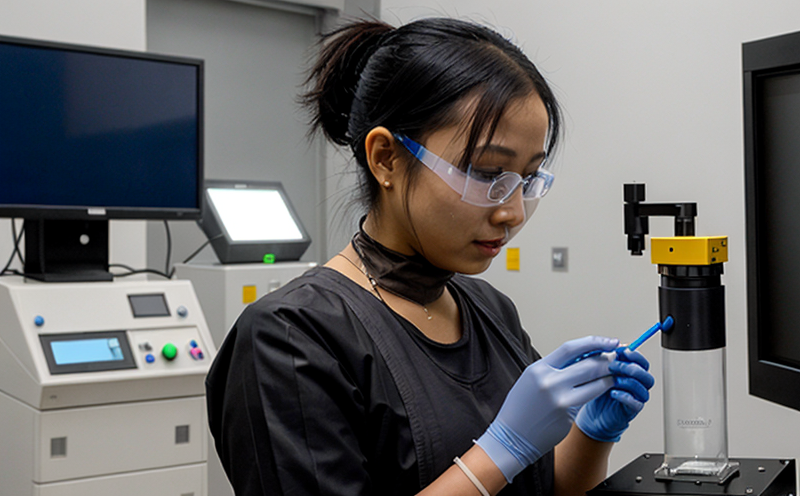Environmental Nanomaterials Testing
The testing of nanomaterials in environmental contexts is crucial to understanding their behavior, impact on ecosystems, and compliance with regulatory standards. Environmental nanomaterials can have unique properties due to their size, which may lead to different interactions when compared to bulk materials. This section will provide an overview of the challenges associated with testing these materials and the methodologies used to ensure accurate results.
The environmental sector faces numerous challenges when dealing with nanomaterials. These include issues related to particle size, stability, dispersion in water or air, and potential ecotoxicity. Nanoparticles can enter ecosystems through various pathways including air, soil, and water, leading to concerns about their effects on biodiversity.
Testing protocols must account for the unique properties of nanomaterials which may not be fully captured by traditional analytical techniques designed for larger particles or bulk materials. For instance, certain nanoparticles can aggregate easily under environmental conditions, altering their chemical behavior and potentially affecting biological systems in unexpected ways.
A key aspect of this testing is ensuring that the samples are representative of the actual environment they will encounter once released into nature. This requires careful sample preparation and handling to prevent changes before analysis. Additionally, modern analytical instruments capable of detecting very small quantities are essential for accurate quantification.
To standardize these tests internationally, several organizations have developed relevant standards such as ISO 17253-1 & -2 which provide guidance on the characterization and classification of engineered nanoparticles. Other important documents include ASTM E2986 covering toxicity testing procedures for manufactured nanomaterials.
| Organization | Document Number | Title |
|---|---|---|
| ISO | 17253-1 & -2 | Engineered Nano Materials – Part 1: Characterization and Classification |
| ASTM | E2986 | Toxicity Testing Procedures for Manufactured Nanomaterials |
Applied Standards
The application of international standards plays a vital role in ensuring consistency and accuracy across various laboratories performing environmental nanomaterials tests. By adhering to these guidelines, organizations can ensure that their methods are robust enough to produce reliable data.
- ISO 17253-1 provides detailed procedures for characterizing the size distribution of nano-particles using laser diffraction instruments.
- ASTM E2986 outlines specific protocols for conducting toxicity tests on nanomaterials in aquatic environments.
These standards help to minimize variability between different testing facilities and enhance confidence in the results produced. Compliance with these guidelines ensures that any discrepancies found can be attributed more accurately to experimental conditions rather than variations in methodology.
Quality and Reliability Assurance
Ensuring high-quality data is critical when conducting environmental nanomaterials tests. Quality assurance (QA) measures ensure that all steps from sample collection to final reporting meet rigorous standards. These include regular calibration of equipment, participation in proficiency testing programs, and continuous training for personnel involved in the process.
Reliability assurance focuses on maintaining consistent performance over time through standardized operating procedures and thorough documentation practices. This helps identify any potential sources of error early on so they can be corrected promptly. Regular audits are conducted internally to verify compliance with QA protocols.
Use Cases and Application Examples
The application of environmental nanomaterials testing spans multiple industries including pharmaceuticals, electronics manufacturing, agriculture, and energy production. Here are some specific instances where this type of analysis is particularly useful:
- To evaluate the impact of nanoparticle-based sunscreens on coral reefs.
- For assessing emissions from diesel exhaust systems containing cerium oxide nanoparticles.
- In determining whether silver nanowires used in clothing could migrate into wastewater treatment plants.





